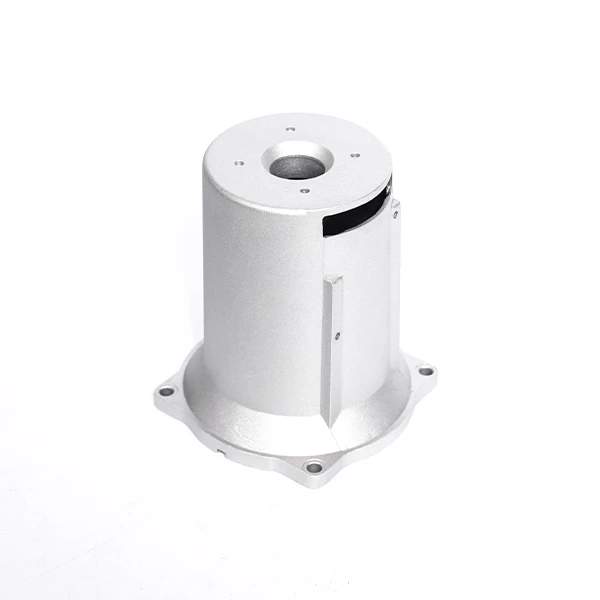Mobile:+86-311-808-126-83
Email:info@ydcastings.com
Principles and Techniques in the Art of Metal Casting for Modern Applications
Fundamentals of Metal Casting
Metal casting is a fundamental manufacturing process that involves pouring molten metal into a mold to achieve desired shapes and properties. This method has been employed for thousands of years, evolving through various techniques and technologies. Understanding the fundamentals of metal casting is essential for both industrial applications and academic study in metallurgy and materials science.
Types of Metal Casting Processes
There are several primary casting processes, each with its unique advantages and applications
1. Sand Casting This is the most common method where sand is used to create molds. The sand is mixed with a binder and packed around a pattern, which is then removed to leave a cavity. Molten metal is poured into the cavity and allowed to cool, forming the cast part. Sand casting is versatile and can accommodate complex shapes, making it suitable for a wide range of applications, from small components to large industrial parts.
2. Die Casting In this process, molten metal is forced into a steel mold under high pressure. Die casting is known for producing parts with a smooth surface finish and excellent dimensional accuracy. It is typically used for mass production of aluminum, zinc, and magnesium components, often seen in automotive and appliance manufacturing.
3. Investment Casting Also known as lost-wax casting, this method involves creating a wax pattern that is coated with a heat-resistant ceramic material. After the ceramic sets, the wax is melted away, leaving a mold for molten metal. Investment casting is favored for complex designs and intricate details, commonly used in the aerospace and jewelry industries.
4. Continuous Casting This technique is used primarily for producing billets, slabs, and other semi-finished shapes. Molten metal is continuously poured into a mold with a controlled cooling process, enabling the material to solidify as it is drawn out. Continuous casting is highly efficient and minimizes waste, making it widely adopted in steel and aluminum industries.
Materials Used in Metal Casting
fundamentals of metal casting

The selection of metal for casting is critical and largely depends on the application's requirements. Common casting materials include
- Ferrous Alloys Such as cast iron and steel, known for their strength and durability. - Non-Ferrous Alloys Including aluminum, copper, and zinc, which are valued for their lightweight properties and resistance to corrosion. - Specialty Alloys Used in applications needing high-performance materials, like titanium or superalloys in aerospace.
Each metal presents unique challenges in terms of melting temperature, fluidity in the molten state, and solidification behavior.
Mold Design and Core Making
Proper mold design is crucial for achieving high-quality castings. The mold must be able to withstand the molten metal's temperature while allowing for necessary vents to let gases escape. Additionally, cores may be used to create internal features or cavities within the casting. Core making techniques, whether using sand or other materials, require precision to ensure the final product meets design specifications.
Quality Control in Metal Casting
Quality control is vital in the casting process to ensure that the final products meet rigorous standards. Techniques such as non-destructive testing (NDT), dimensional inspections, and metallographic analysis are employed to detect defects like porosity, cracks, or dimensional inaccuracies.
Conclusion
Metal casting is a critical process that combines art and science, providing endless possibilities for manufacturing components across various industries. By mastering the fundamentals of casting, engineers can innovate and improve processes, ultimately enhancing the performance and efficiency of the products they create. As technology advances, the methods and materials used in metal casting continue to evolve, ensuring its relevance in modern manufacturing.
-
Why Should You Invest in Superior Pump Castings for Your Equipment?NewsJun.09,2025
-
Unlock Performance Potential with Stainless Impellers and Aluminum End CapsNewsJun.09,2025
-
Revolutionize Your Machinery with Superior Cast Iron and Aluminum ComponentsNewsJun.09,2025
-
Revolutionize Fluid Dynamics with Premium Pump ComponentsNewsJun.09,2025
-
Optimizing Industrial Systems with Essential Valve ComponentsNewsJun.09,2025
-
Elevate Grid Efficiency with High-Precision Power CastingsNewsJun.09,2025











